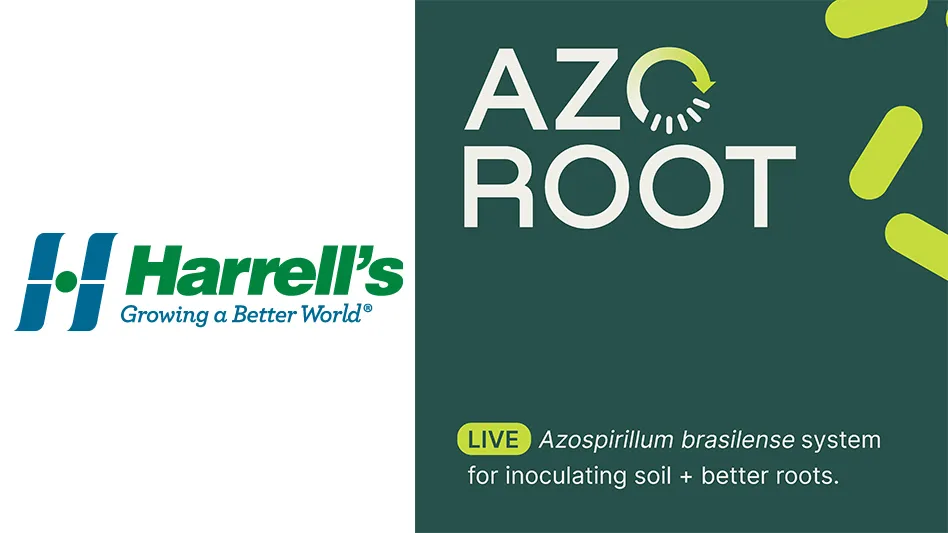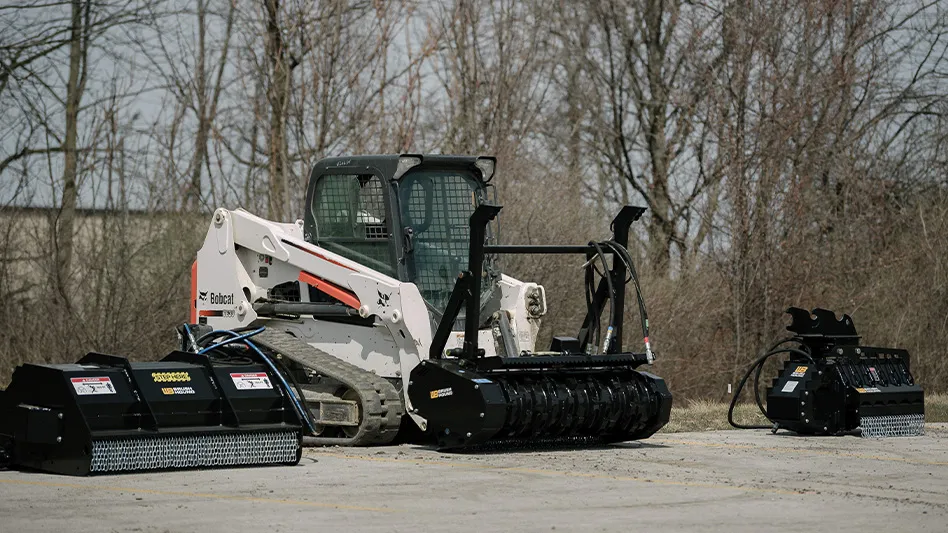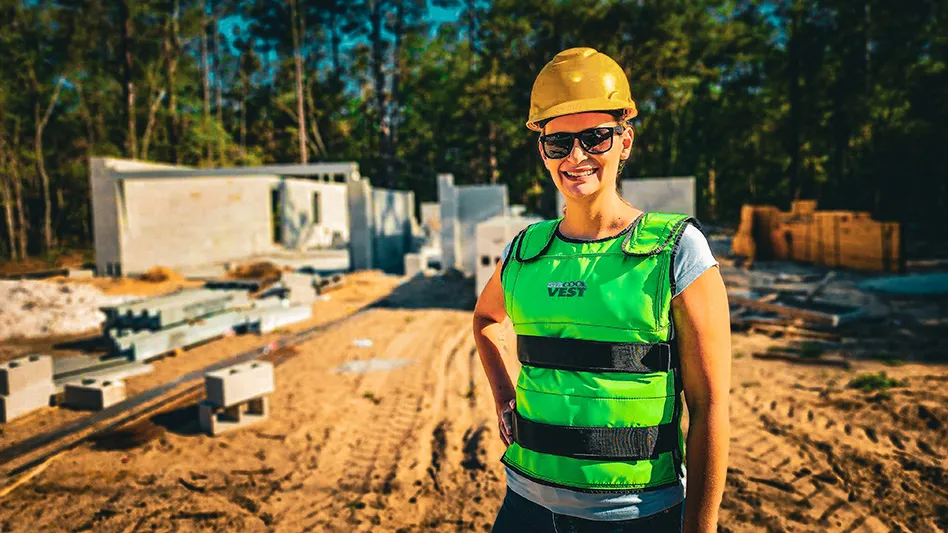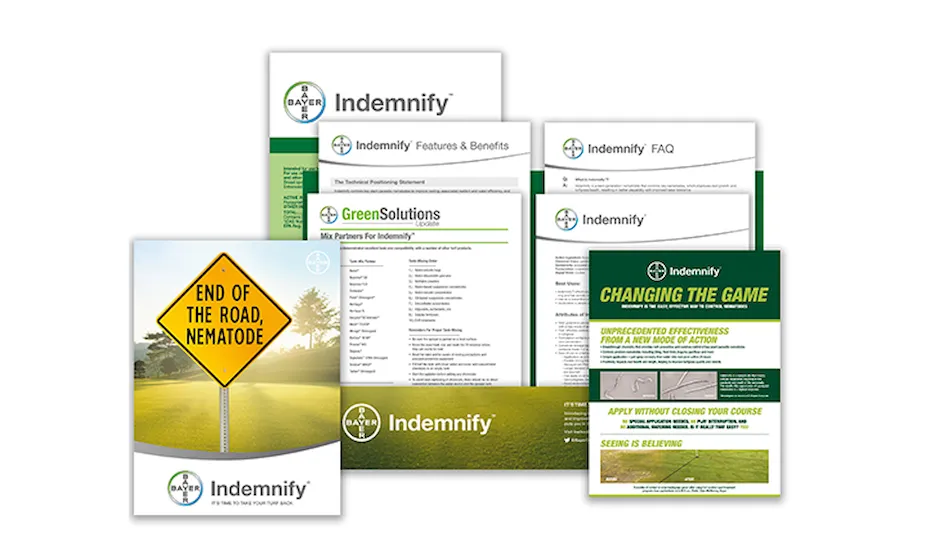
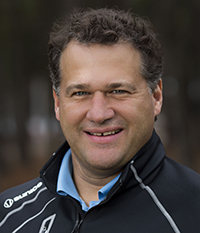 Traditionally, many turf managers consider nematodes an issue on southern courses, and more specifically in sandy Florida turf. But this isn’t necessarily the case anymore?
Traditionally, many turf managers consider nematodes an issue on southern courses, and more specifically in sandy Florida turf. But this isn’t necessarily the case anymore?Derek Settle: That’s correct. It’s not just a Southern problem, and it’s obvious why that’s the case. For example, Florida and its sandier soil is the native environment for sting nematodes, so you expect to find them there. The reality for golf course superintendents is that the greens they manage are probably USGA constructed or push-up greens which have sand as the major component. That right there is a green light for nematodes, especially sting nematodes. So, now we’re seeing nematode outbreaks on Kansas City golf courses and courses throughout the Coachella Valley in California – places you wouldn’t initially associate with nematodes.
Keep in mind, there is no sterile soil environment, so nematodes are always going to be out there feeding on root systems.
What are some visual cues or tell-tale signs that you may have a nematode problem on your greens?
The symptoms can be very confusing, and that’s the problem with nematodes. With the majority of the cases we don’t see strong visual symptoms of nematode activity. You could see patches, arches or even yellowing that looks like and could be mistaken for a nutrient deficiency. And if the golf course doesn’t have a history of nematodes then it could be confusing for the superintendent.
What we’re finding is that golf course superintendents are not doing or not keeping up on their nematodes counts. So, when we do find nematode populations through soil testing, the next step is to find out which ones you have – and the three most problematic are sting, root knot and lance.
But seeing isn’t necessarily believing when it comes to nematodes, correct? Explain why soil tests are critical at not only identifying the problem, but which species of nematode is doing the harm.
In a lot of cases it comes down to how to sample for nematodes correctly so that you can understand what you’ve got on a green. You want to start by taking a standard soil core to a 2-inch depth – that’s as deep as you want to go. And you want to take between 20-30 samples in a grid across the green. We’re looking for the average population and which nematodes are out there. They’re not distributed uniformly. We see it is a lot of peaks and valleys and you may have areas with higher concentration than others. From there, we can make recommendations if nematodes are an issue and if a nematicide is needed, or if they just need to continue to monitor the situation.
Second part is you want to avoid dead or severely declined turf. In those cases you‘re not going to find many nematodes. With that in mind, I would recommend sampling along the edge where you have healthy grass bordering dead turf. It’s also important to do a random sampling pattern along the healthy areas, as well. You’re looking for the hot spot where the nematode concentrations are super high.
Keep in mind that this is a parasite that requires a living host. The nematode population follows the natural turf growth cycle, and is typically 30 days behind it. For example, we’ve seen nematode population increase with root growth to about mid-summer and then crash around September when the turf begins to slow down.
The turf industry has longed for an effective nematode control for some time now. Why is Indemnify considered a next generation nematicide? How does it work?
Indemnify is a next generation nematicide because it’s a fungicide in the SDHI family that controls fungal pathogens by interrupting their respiration at the mitochondrial level.
Indemnify is a unique product that is easy to apply and water in. It can also move through the soil to attack nematodes at different levels.
With all the damage happening at the root level, wouldn’t this make the turf susceptible to other stresses and opportunistic pathogens? How does a program including Indemnify work to control this?
Nematodes are going to add stress to the turf. The obvious result is the plant won’t have the ability to uptake the water and nutrients it needs to remain healthy. Now nematodes are working against the efforts of the golf course superintendent and you have a situation where there’s a great fertility program in place, but of little consequence to the turf because now its susceptible to opportunistic pathogens.
As a result, you begin to see outbreaks of anthracnose, dollar spot in cool season grasses, and in particular take-all root rot in the southern turf. How can Indemnify help in a program? Indemnify will allow superintendents to maximize the efficiency of their fertilizer programs and maximize or reduce the irrigation time and labor that goes into hand watering. Ultimately, if you have all of the plant health aspects without the nematodes feeding on the root, then you have a plant that can resist the opportunistic pathogens.
What are the next steps on how to use Indemnify?
We’re turning our focus on root knot nematodes – a nematode that is inside the root -- to better understand those populations and how to best apply Indemnify to effectively control them.
We’re also looking at Indemnify on fairways. What we’re trying to do is a single application to control nematodes on a fairway. We’re optimistic because the fairway grass is very different than greens. You can knock the nematodes down in fairway turf and still maintain the tolerances throughout the rest of the season.
Latest from Golf Course Industry
- SiteOne adds Durentis to product offerings
- Resilia available for purchase in Hawaii
- What can $1 million do for expanding the industry workforce?
- Captivating short course debuts on Captiva Island
- Wonderful Women of Golf 35: Carol Turner
- The Andersons acquires Reed & Perrine Sales
- Excel Leadership Program awards six new graduates
- John Deere launches new digital platform
